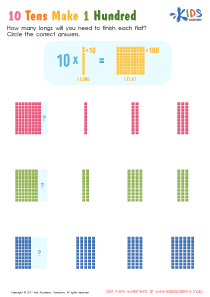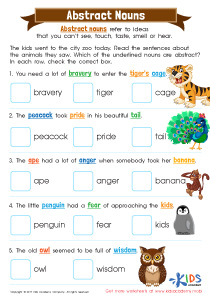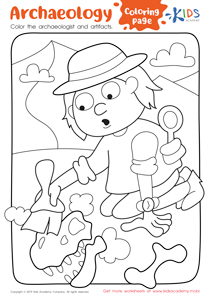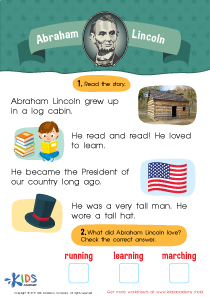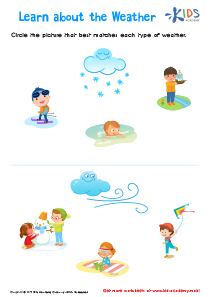Normal Alphabet worksheets activities for 3-Year-Olds
2 filtered results
-
From - To
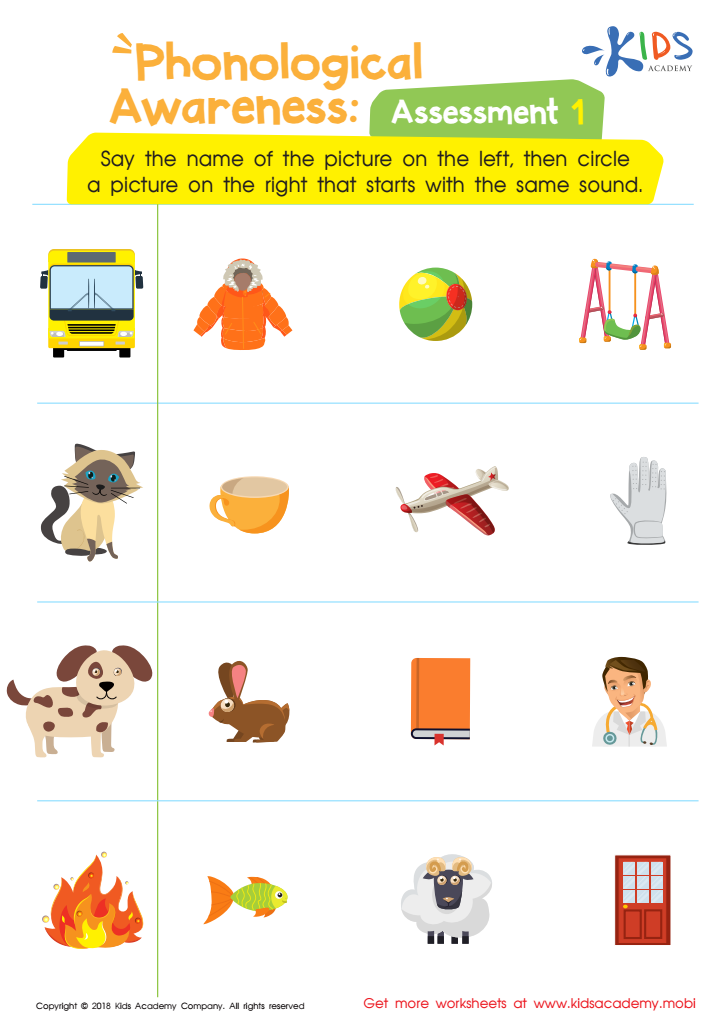

Phonological Awareness: Assessment 1 Worksheet
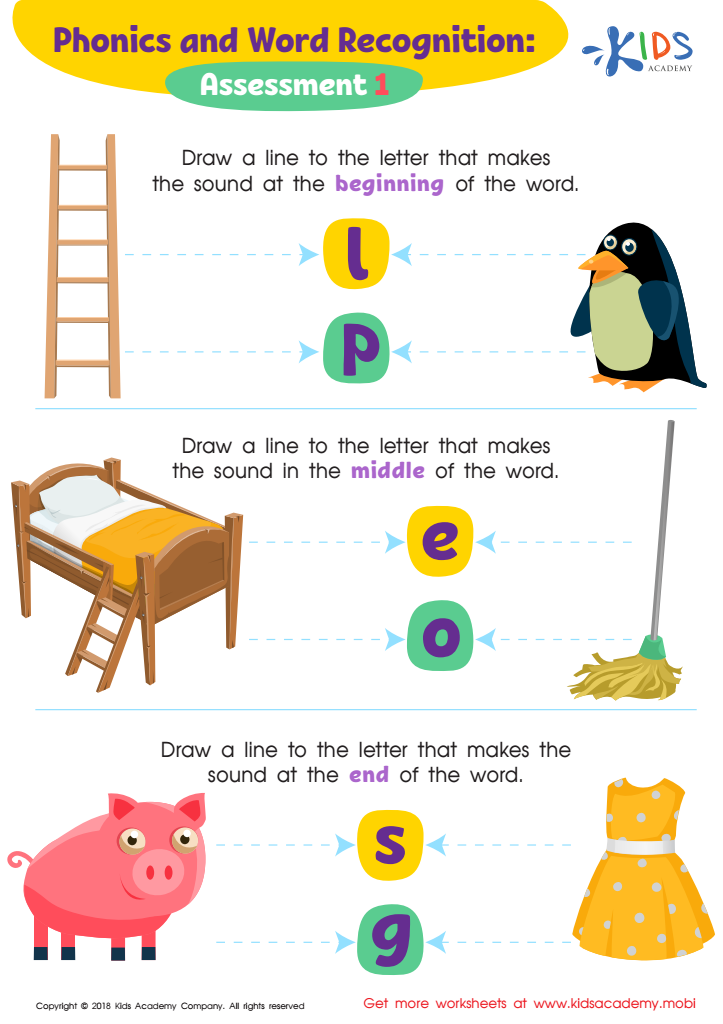

Phonics and Word Recognition: Assessment 1 ELA Worksheet
Normal Alphabet worksheets activities are an invaluable resource for educators and parents alike, aiming to instill the fundamentals of literacy in young learners. These activities are meticulously designed to engage children in the learning process, making the acquisition of the alphabet both an enjoyable and educational experience. Here's why these worksheets are so beneficial:
First and foremost, Normal Alphabet worksheets activities provide a structured approach to learning. Each worksheet is tailored to focus on individual letters, allowing children to concentrate on mastering one letter at a time. This methodical approach helps to build a solid foundation, ensuring that learners fully grasp each letter's shape, sound, and its place within the alphabet before moving on to the next.
Moreover, these activities promote hands-on learning. Children are not merely passive observers of the learning process; instead, they are actively involved. By tracing letters, matching them with corresponding images, and practicing writing, kids develop fine motor skills alongside their literacy skills. This tactile interaction reinforces memory retention and makes the learning experience more concrete for young minds.
Normal Alphabet worksheets activities also cater to a variety of learning styles. Whether a child is a visual, auditory, or kinesthetic learner, there's something for everyone. Worksheets often include colorful images, puzzles, and activities that require listening and speaking, ensuring that all children can engage in a way that suits them best.
Furthermore, these worksheets provide an excellent opportunity for assessment. Educators and parents can easily track progress, identifying which letters a child may struggle with, and offer additional support where necessary. This feedback loop is crucial for early intervention and ensures that no child falls behind.
In conclusion, Normal Alphabet worksheets activities are a cornerstone of early literacy education. They offer a balanced mix of structure, engagement, versatility, and assessment opportunities, making them an indispensable tool in fostering literacy skills in young learners. By embracing these activities, educators and parents can provide children with a strong foundation for their educational journey.
 Assign to the classroom
Assign to the classroom
.jpg)

.jpg)


